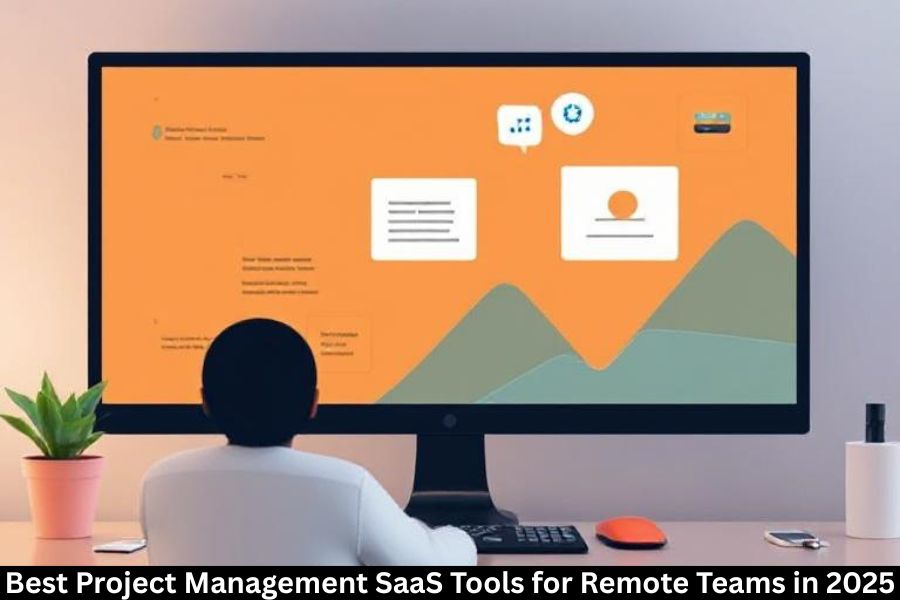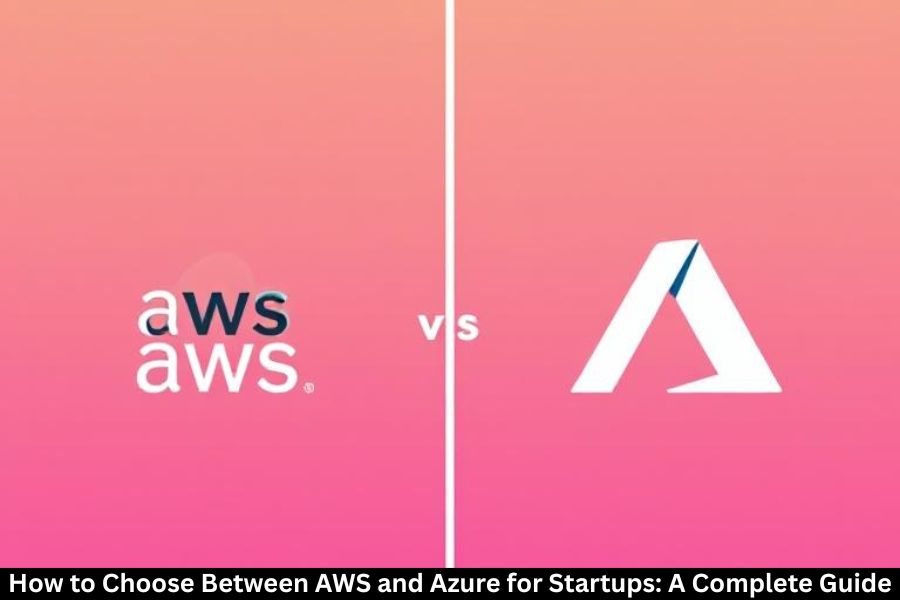Remote work has ceased being a trend; it has become the norm. With teams dispersed across so many time zones and locations worldwide, the demand for robust project management SaaS tools has gone through the roof. These make sure everyone is in the same page, easy collaboration takes place, and projects are delivered on time.
But here is the real question: With so many options available, which project management SaaS tool should one go for for their remote team? Let’s explore these in-depth, shall we?
What Are Project Management SaaS Tools?
Project management SaaS tools are the cloud-based software applications that offer project planning, organization, tracking, and implementation. Unlike a regular software program, SaaS tools work entirely on-line; therefore, no installation or heavy IT support is seeked.
For teams working remotely, this is a game changer. One can log in anytime, anywhere-ever it be from home, a café, or while running an errand, and stay connected with his team.
Key Benefits of Project Management SaaS Tools
- Flexibility and Accessibility-Anywhere, Anytime.
- Cost Efficiency- No expensive hardware or software maintenance.
- Real-Time Collaboration- Tasks can be updated and tracked instantly.
- Scalability- From team needs to business needs, tools grow with them.
Think of this one as your digital office-space, for all your tasks, chats, and files under one roof.
Key Features to Consider in Project Management SaaS Tools
Before signing up for a tool, check that it has:
- Task and Project Tracking- Visuals in dashboards and timelines.
- Team Communication- Chat, comment, or video.
- File Sharing- Upload, store, and organize documents with ease.
- Integrations- Communicates with other apps, such as Slack, Zoom, or Google Drive.
- Security- Most secure logins with encryption for data protection.
Top Project Management SaaS For Remote Team
Trello
- Overview: It is a user-friendly tool based on Kanban boards.
- Overview: Drag-and-drop boards, labels, deadlines, automation.
- Pros: User interface is simple and easy to use for beginners.
- Cons: Extremely limited in terms of choices for advanced configurations.
Asana
- Overview: The go-to app for teams that juggle complex projects.
- Key Features: Timelines, dependencies between tasks, workload management.
- Pros: Powerful for growing teams.
- Cons: Has a steeper learning curve.
Monday.com
- Overview: Highly customizable workflows.
- Key Features: Dashboards, automation, integrations.
- Pros: Flexible for any industry.
- Cons: Increases cost with increase in team size.
ClickUp
- Overview: Known as an “all-in-one” productivity platform.
- Key Features: Task management, docs, goals, time tracking.
- Pros: Cheap, packed with features.
- Cons: Might overwhelm a new user.
Jira
- Overview: Ideal for software development teams.
- Key Features: Agile boards, sprint planning, bug tracking.
- Pros: Perfect for agile-type DevOps.
- Cons: Feels contrived for anyone non-technical.
Notion
- Overview: Simply a combination of notes, wikis, and track projects.
- Key Features: Databases, hojas colaborativas, and templates.
- Pros: Basically a Swiss Army knife.
- Cons: Customization has to be done to support project workflows.
Wrike
- Overview: The next big thing for mid- to large-firm users.
- Key Features: Gantt chart, time-tracking, and reports.
- Pros: Enterprise-grade performance.
- Cons: Steep learning curve for new users.
Basecamp
- Overview: Known largely for its simplicity and team communications.
- Key Features: To-do lists, message boards, schedules.
- Pros: Well suited for remote-first teams.
- Cons: Lacking in advanced project tracking.
Smartsheet
- Overview: Provides a spreadsheet-style user interface for project management.
- Key Features: Gantt charts, reporting, workflow automation.
- Pros: Familiar interface for Excel users.
- Cons: It can make one feel outdated for modern workflows.
Microsoft Teams with Planner
- Overview: With no derogatory remark, for any other company using Microsoft 365, this is the natural choice.
- Key Features: Chat, video calls, integrated project planning.
- Pros: Strong integration of the Office toolkit.
- Cons: Considered more for those companies that already run in Microsoft’s workflow.
Comparison Table With Best SaaS Tools
| Tool | Best For | Strengths | Weaknesses |
|---|---|---|---|
| Trello | Beginners & small teams | Simple, visual boards | Limited features |
| Asana | Growing teams | Advanced project planning | Complex for newbies |
| Monday.com | Any industry | Highly customizable | Expensive |
| ClickUp | All-in-one productivity | Affordable + feature-rich | Overwhelming at first |
| Jira | Software developers | Agile and DevOps ready | Too technical |
| Notion | Creative teams | Versatile knowledge management | Requires setup |
| Wrike | Large enterprises | Enterprise-level capabilities | Learning curve |
| Basecamp | Remote-first companies | Simple & communication-focused | Limited project depth |
| Smartsheet | Excel lovers | Familiar, easy transition | Outdated feel |
| Microsoft Teams + Planner | Microsoft users | Deep Office integration | Best for MS ecosystem |
How to Pick the Best Tool
- Small Teams: Trello, Asana, Basecamp.
- Growing Companies: Monday.com, ClickUp, Wrike.
- Tech Teams: Jira, Notion.
- Enterprises: Smartsheet, Microsoft Teams + Planner.
Future Trends in Project Management SaaS
- AI-powered automation: Tools predict bottlenecks ahead of time.
- Deeper integrations: Everything from Zoom to CRMs in one location.
- Mobile-first tools: Managing projects will be a default on smartphones.
Conclusion
Every project management SaaS tool lays the infrastructure for successful remote work. Irrespective of being a startup or an enterprise, the collaborative tool that you acquire promises collaboration, accountability, and productivity at least.
Putting resources and time into the right platform today could make the difference between chaos and clarity tomorrow.
FAQs
What is the most affordable project management SaaS tool?
ClickUp and Trello go easy on your pocket while not compromising on key features.
Which is best for smaller teams?
For smaller, straightforward projects: Trello and Basecamp.
Can this software work offline?
Some can offer a bit of offline access, but the main focus here is on online collaborations.
What about SaaS project management tools’ security?
They mostly offer enterprise-level security, encryption, and secure logon.
Are these free-to-use versions really reliable?
Yes, but they tend to limit the users, integration, or advanced features.



